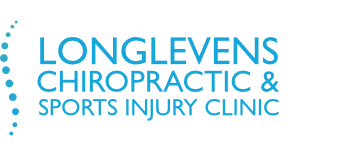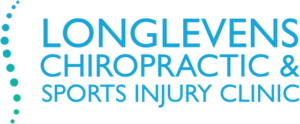Bronfort et al, 2010; Effectiveness of Manual Therapies, The UK Evidence Report.
UK Beam Trial; Back pain, exercise and manipulation (UK BEAM) randomised trial: effectiveness of physical treatments for back pain in primary care. British Medical Journal Nov 2004; 329; 1377 (doi: 10.1136 /bmj. 38282. 669225.AE)
Medical Research Council; ‘Low Back pain of mechanical origin: randomised comparison of Chiropractic from hospital outpatient treatment’; Meade et al.
Medical Research Council (Follow-up-study; Trial ‘Randomised comparison of Chiropractic and hospital outpatient management for low back pain; results from extended follow up’; Meade et al.
RCGP – Clinical Guidelines for the Management of Acute Low Back Pain 1996, 1999, 2001.
Clinical Standards Advisory Group; Backpain Report 1994.
Acute Back Pain – Primary Care Project; The Wiltshire and Bath Health Commission.
Carter JT, Birrell LN (Editors) 2000. Occupational health guidelines for the management of low back pain at work – principal recommendations. Faculty of Occupational Medicine. London. Occupational health guidelines for the management of low back pain at work – leaflet for practitioners. Faculty of Occupational Medicine. London. 2000. Waddell G, Burton AK 2000. Occupational health guidelines for the management of low back pain at work – evidence review. Faculty of Occupational Medicine. London.
Chiropractic Treatment in Workers with Musculoskeletal Complaints; Mark P Blokland DC et al;Journal of the Neuromusculoskeletal System vol 8 No 1, Spring 2000
House of Lords Select Committee on Science and Technology report on Complementary and Alternative Medicine November 2000
